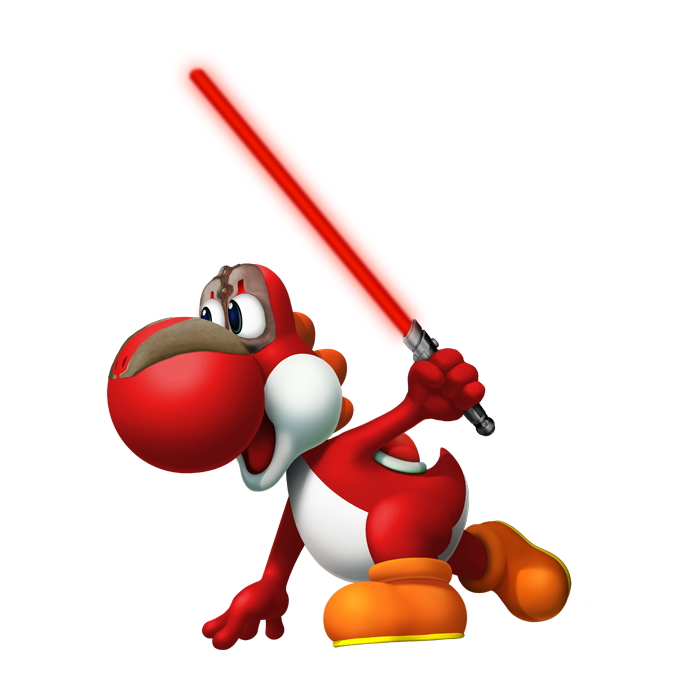

If you’d like to look into it further. the +i flag in chattr is setting an attribute making the file (everything in Linux is a file, so yes this even means directories) immutable. When a file is immutable, it isn’t possible to change the ownership, group, name, or permissions of the file, nor will you be able to write, append, or truncate the file.
It’s been a while since I’ve used it, but I don’t believe it’s possible to have an immutable directory where you can still modify the contents therein, but I may be misremembering that. It would seem unlikely since adding content to the directory should require that you modify the links for the directory, which shouldn’t be allowable with an immutable object?
It’s possible that the +a chattr attribute may achieve what you’d prefer. I believe that flag will make it so that files (and again, everything in Linux is a file) can be created and modified, but never deleted. I’ve actually never used this one, but I can foresee how this still may not be ideal for your wishes since updates to games may expect to be able to delete old content which would be thwarted here. 🤷




Thanks. It has been a while, but I was fairly certain that this was the case, glad to have the confirmation. 👍